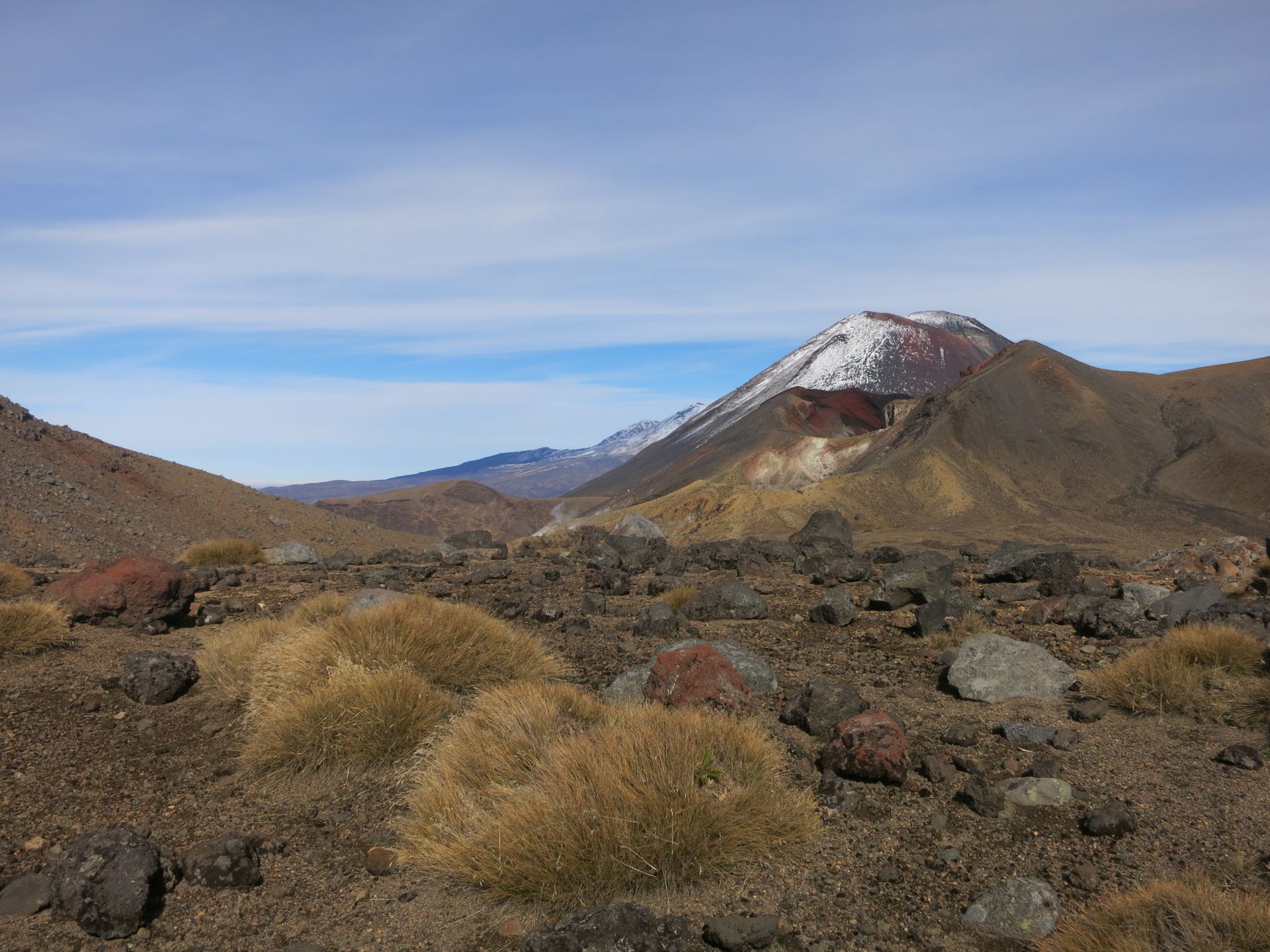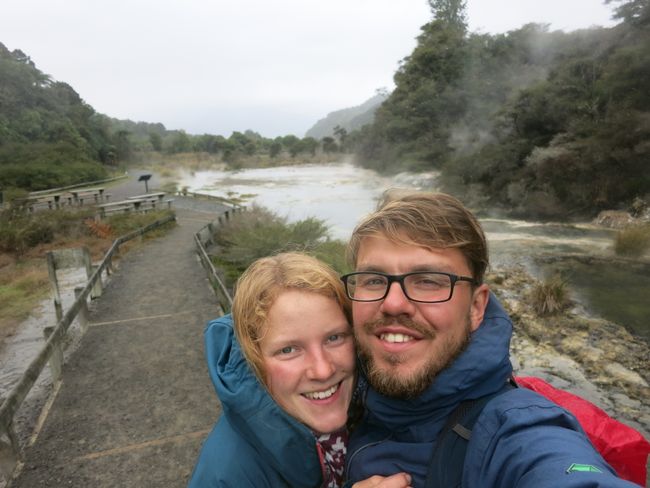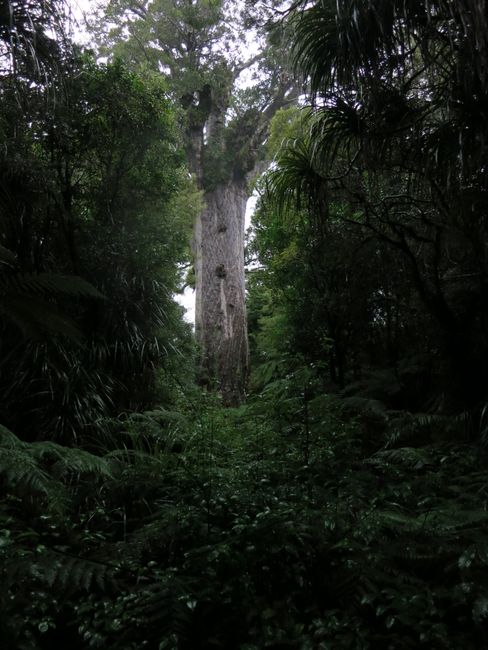Far North the second
Publikuar: 23.01.2020
On August 8th, we began our journey. Now we had the chance to revisit the Far North and explore the initially missed west coast side. After 11 weeks on the kiwi farm, it was quite a challenge to get our Odhi back in shape and ready for street life. After the first night on the road, we quickly settled back into the old and cozy camper life. The outside temperatures were getting cooler and the sun appeared less and for shorter periods of time. It turned out that good time management was necessary, especially in the evening, to avoid standing in the dark by the stove. As it would turn out, we didn't always succeed.
First stop: Hokianga Harbour, an area with a rich Maori history. This place is considered to be the first main arrival point for numerous Maori families. Many properties are still owned by families to this day and are protected by laws aiming to preserve family-owned land.
Today we had something very special planned. Caro stumbled upon a hidden gem while browsing through our travel guide. It was about learning a traditional Maori craft, bone carving. Weeks before, we had already booked this half-day workshop. We were very curious and imagined a workshop where we would be introduced to the craft in detail. But this imagined scenario was typically German! When we arrived, we were warmly welcomed by an old Maori couple and led directly into their labyrinthine and overcrowded living room. Immediately, a warm conversation started, tea and snacks were offered, and we got right into it. On a table lay about 50 prepared bone blanks. They were only roughly shaped and it was up to us, under guidance, to finish them. Initially, we were a little disappointed that our idea of creating a bone pendant ourselves was not met. The blanks seemed almost finished to us, but as we would discover over the next three hours, this was not the case. Our first task was to find a stone whose shape and meaning appealed to us the most. Tim wanted to create a pendant for his father. Among the numerous pendants, he quickly noticed a preformed "Patu". Similar to a scepter in other tribes, a "Patu" is a type of club carried by chieftains.
In successive steps, we worked on the bones, going from rough to finer surfaces using small arrows and sandpaper. We were very surprised to see how the initially finished bone gradually became more beautiful, smoother, lighter, and more distinct, only revealing its individual character in the end.
This workshop was very special for us because we had direct interaction with the old Maori couple. Through the warm and private atmosphere, we learned a lot about the history and culture of the Maori, as well as a very personal life story. We were really sad to leave!
After a short lunch break with freshly smoked delicious fish, we headed to the Waipoua Forest, the famous Kauri forests in Northland, New Zealand. The road was very curvy and the abundance of ferns and occasional giant trees created a mystical atmosphere. First stop: Táne Mahuta, the god of the forest. With a height of 51.2 meters, it is the largest living Kauri tree today. The typical bark of the trees, resembling a mosaic, is particularly memorable. But what is truly impressive is its thick trunk, which has a circumference of 13.77 meters near the ground.
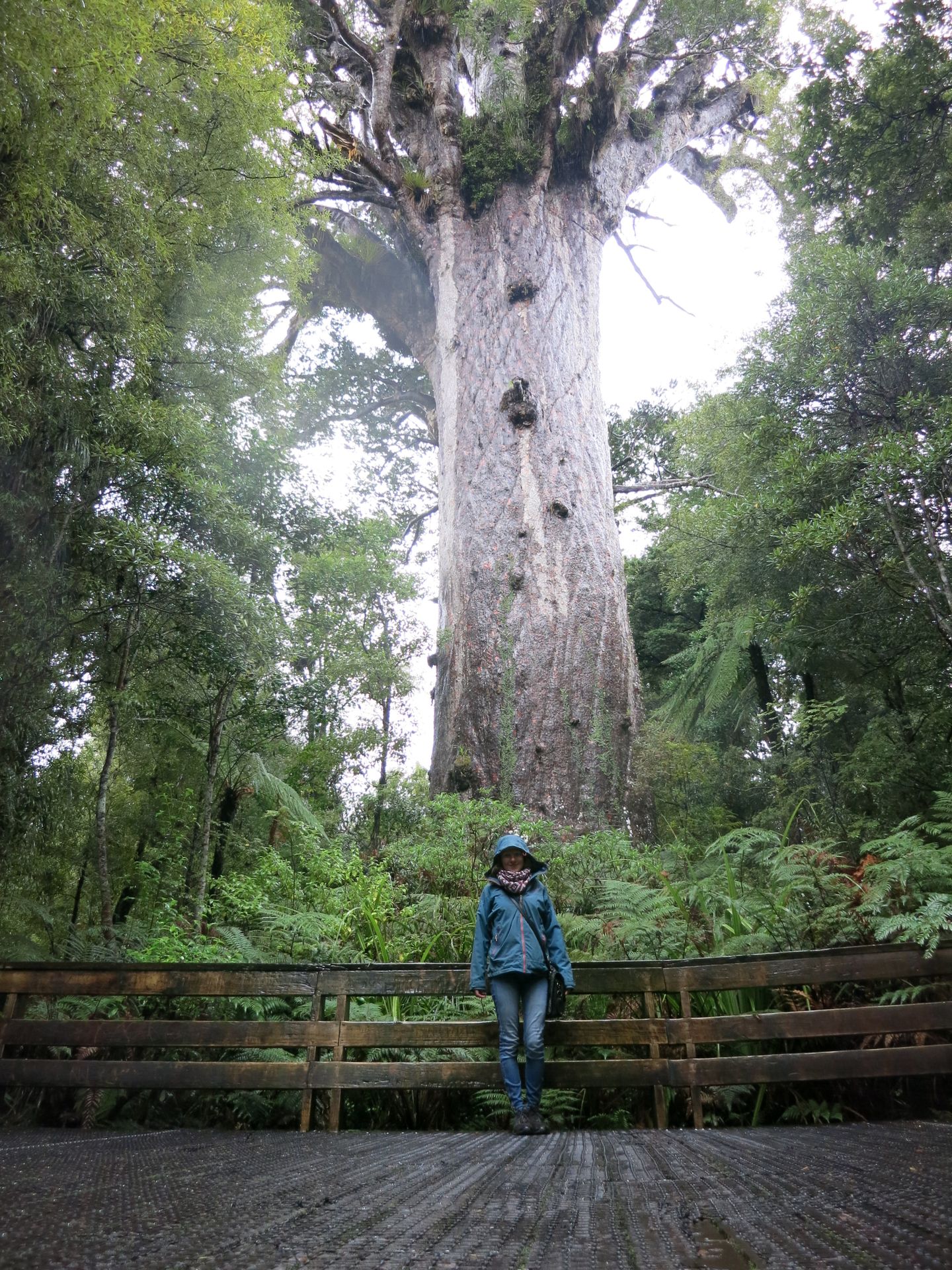
In the forest, there are several other particularly old and large specimens, but many of them are inaccessible. The reason is a fungal disease that is spread by the shoes of hikers and can lead to the death of Kauri trees. Although disinfection barriers have been introduced for hikers, complete prevention of infection in the forests is not possible. The barriers seemed a bit strange at first glance, but we had fun using them.
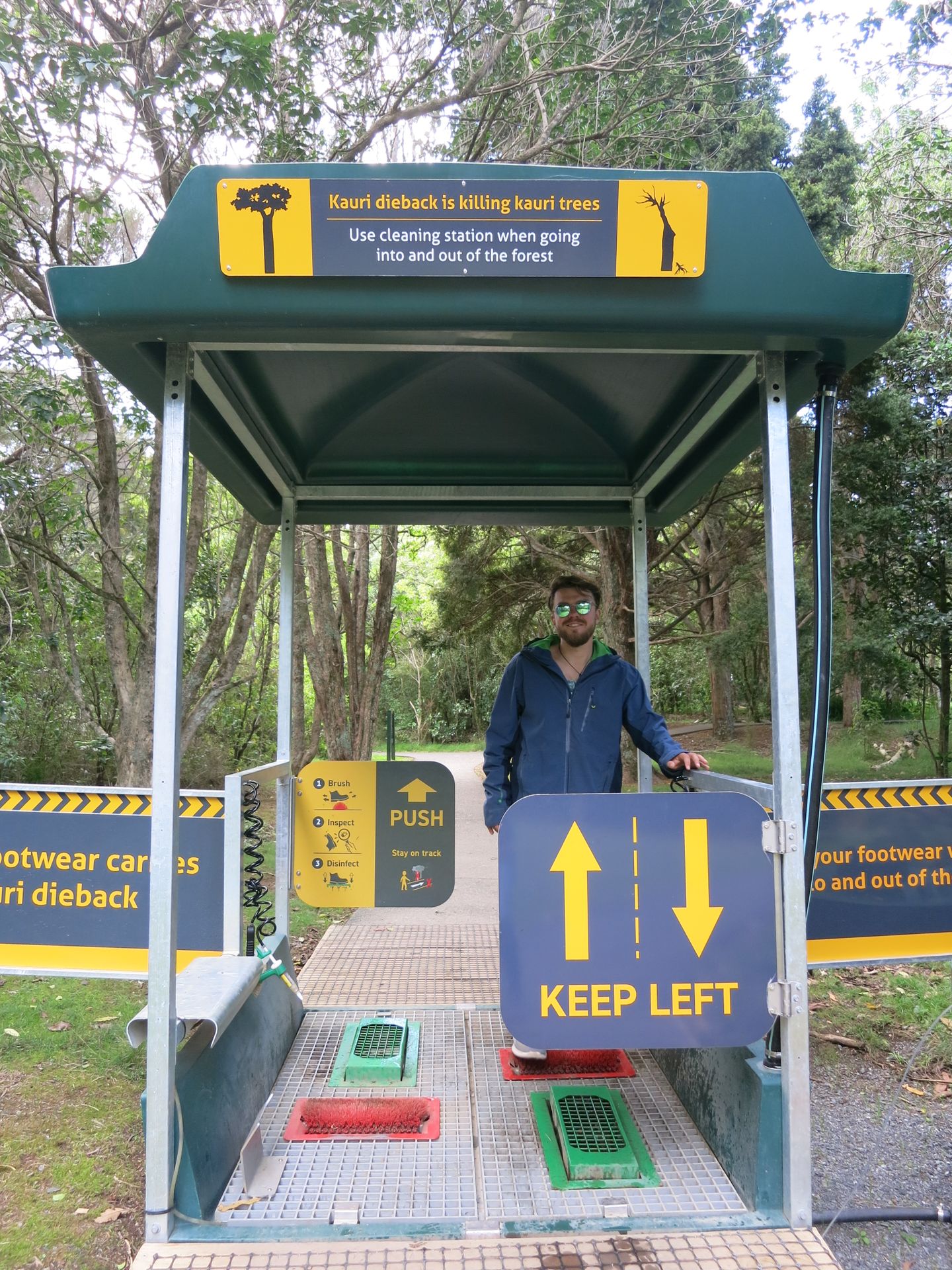
We ended our day trip for the first time at a Top Ten campground. They are better equipped and offer kitchens, showers, common areas, and solid ground for the vehicle. Overall, it was just more comfortable in terms of cooking and hygiene. As our journey entered its final stage, we were able to budget better with the remaining money and occasionally book such a campground.
After a rainy night, the sun woke us up the next morning. After taking advantage of all the luxuries of the campground, we visited the Trounson Kauri Park. This privately purchased park is dedicated to native flora and fauna. Thus, at the end of the 19th century, many ancient Kauri giants were saved from European loggers. Back then, almost the entire population of the second-largest tree species, some specimens of which can be over 2000 years old, was destroyed. It was unimaginable to see these beautiful trees. A walk led us through this park, and behind every turn, mighty trunks appeared, which was quite impressive!
Before leaving beautiful Northland, we made a stop for a walk and the chance to get a freshly caught fish at Kai Iwi Lakes.
Përgjigju

Raportet e udhëtimit Zelanda e Re
